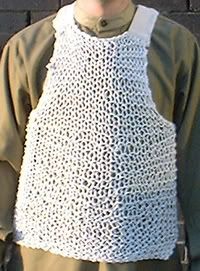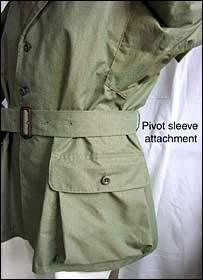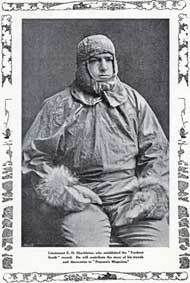nobodyspecial
Practically Family
- Messages
- 514
- Location
- St. Paul, Minnesota
My understanding was Mallory and Irvine died from a fall, exposure was secondary. That is, no fall, no broken leg, they make it back alive.
I think mountaineers use modern gear as its lighter, more so than a preference for sythetics versus wool. One can climb a lot faster with less weight. When I backpack I carry a larger ratio of synthetic clothing to save weight. When I canoe or winter camp I carry a larger ratio of wool clothing as I prefer to use wool in the bush and am not as concerned with pack weight during those trips.
I think mountaineers use modern gear as its lighter, more so than a preference for sythetics versus wool. One can climb a lot faster with less weight. When I backpack I carry a larger ratio of synthetic clothing to save weight. When I canoe or winter camp I carry a larger ratio of wool clothing as I prefer to use wool in the bush and am not as concerned with pack weight during those trips.



